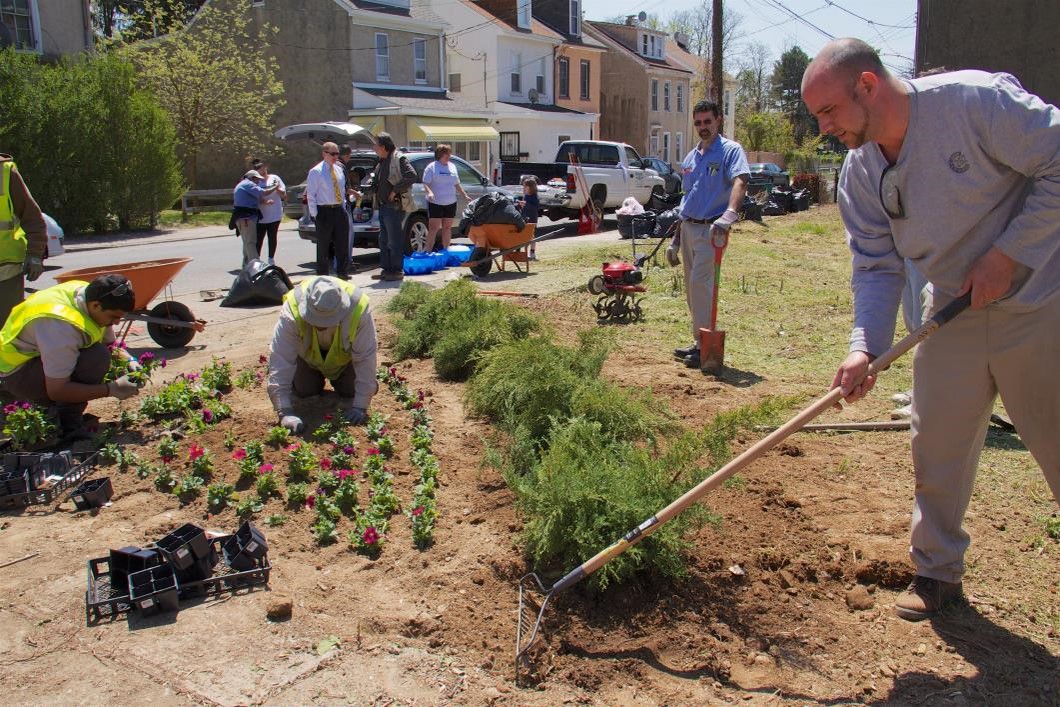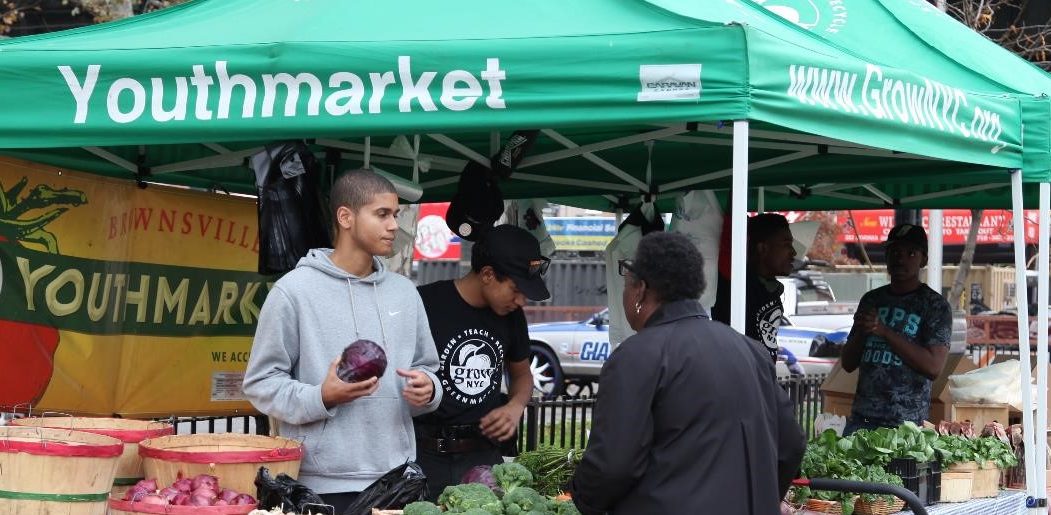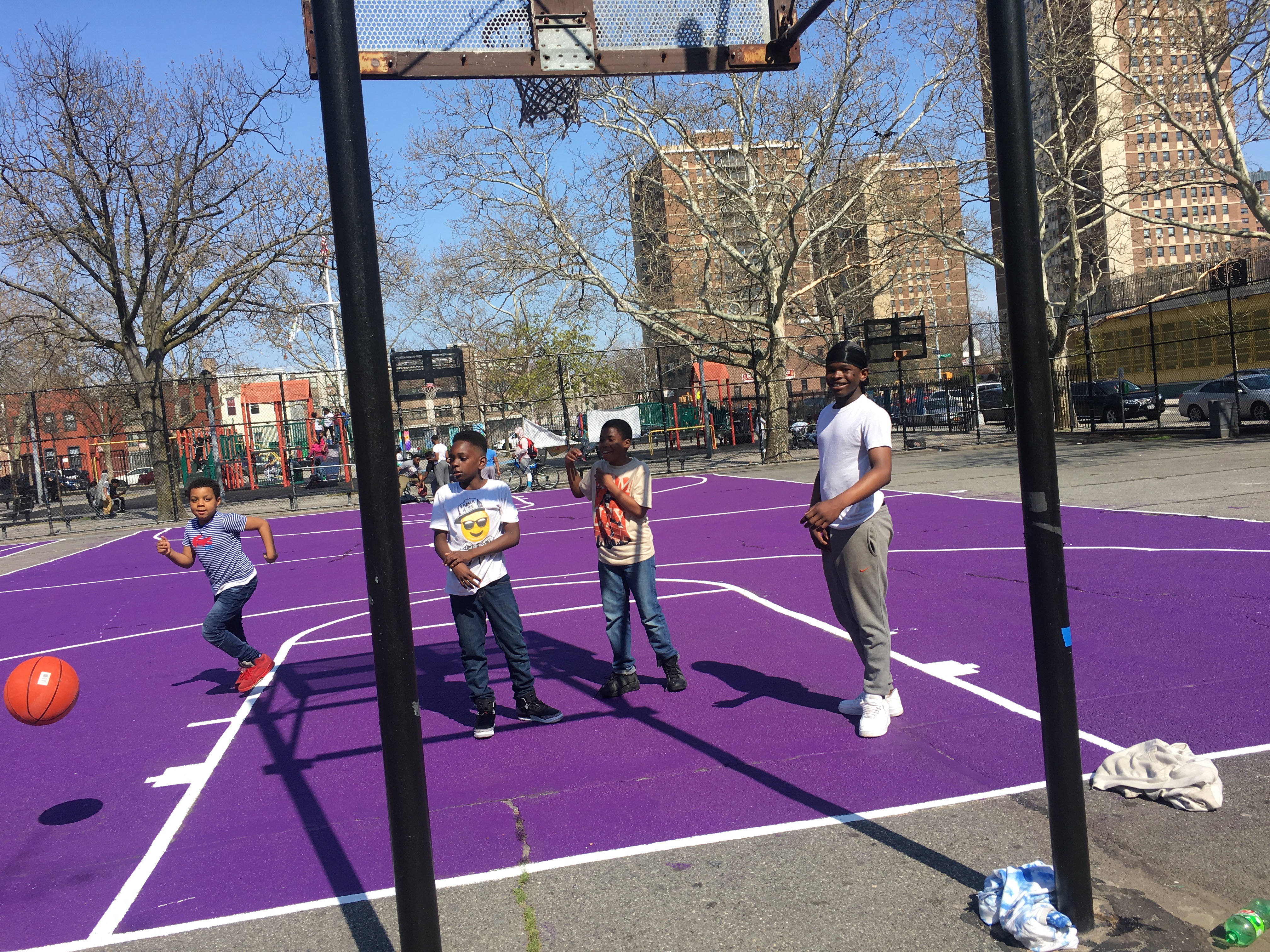Building Healthy Communities | Program Impact
From 2015 through the end of 2020, NYHealth’s Building Healthy Communities program worked with six diverse neighborhoods throughout New York State to help them become healthier places for residents. Partners in Clinton County; Brownsville, Brooklyn; East Harlem, Manhattan; Near Westside, Syracuse; North End, Niagara Falls; and the Lower East Side of Manhattan worked to increase the availability of healthy, affordable foods and safe places for physical activity in their communities.
NYHealth grantees, called community conveners, worked with community-based organizations, government agencies, local businesses, advocacy groups, additional funders, and other stakeholders on a range of efforts to empower residents to lead healthier, more active lives.

Helping Neighborhoods Transform Themselves
As the Building Healthy Communities area wound down at the end of 2020, we reflected on the impact of the program over the last six years. (See a review of the accomplishments and challenges of the first three years of this program.) New York University School of Medicine is conducting an evaluation of the program that will continue through 2022, but already the Building Healthy Communities program has resulted in meaningful changes:
Created more than 100 food access points. The local health department in Clinton County—a rural county in the North Country approximately the same size as Rhode Island—helped more than 60% of farmers expand the number of locations where they sold their produce, including pop-up locations that serve residents living in public housing and senior housing developments. Clinton County also increased the number of locations where locally grown fruits and vegetable are sold by 19%.
Made improvements to more than 80 parks and public spaces. Randall’s Island—between East Harlem and the South Bronx in New York City—offers sports fields, car-free paths for biking, walking, running, and visits to urban farms, but local residents’ use of these resources has been low. The Randall’s Island Park Alliance expanded programming by 40%, conducted outreach activities to engage local residents, and increased program participation by 76%.
Expanded SNAP/EBT redemption at farmers markets and rural food outlets across the State. Double Up Food Bucks makes it easier for SNAP recipients to have access to affordable fresh fruits and vegetables. For example, a family that spends $10 in SNAP benefits at a participating farmers market receives an additional $10 in Food Bucks coupons to purchase locally grown fruits and vegetables. Field & Fork Network has worked to expand the Double Up Food Bucks program across Western New York and the North Country; it aims to have the program available in 45 upstate counties by 2024.
Built community cohesion through robust partner networks. For example, the Create a Healthier Niagara Falls Collaborative’s Resident Engagement Council has worked with community residents to take on leadership roles and advocate for community improvement. These resident leaders have worked together to revitalize neighborhood community parks and playgrounds, establish a youth-designed community garden, gather residents through an annual community-wide walk, and bring to life public murals that reflect the spirit of the neighborhood.
The Building Healthy Communities program laid the groundwork for a new NYHealth program area, Healthy Food, Healthy Lives, which launched in January 2021. Through this new program, we expect to continue work to expand access to public food benefit programs like SNAP and WIC, increase the reach of food incentive programs like Double Up Food Bucks; expand regional and local food action plans; promote large-scale healthy food procurement initiatives; and ensure that high-quality, nutritious foods are available in schools, hospitals, senior centers, day cares, and food pantries. And we will continue to look to communities for innovative approaches that can be scaled and replicated throughout New York State.


